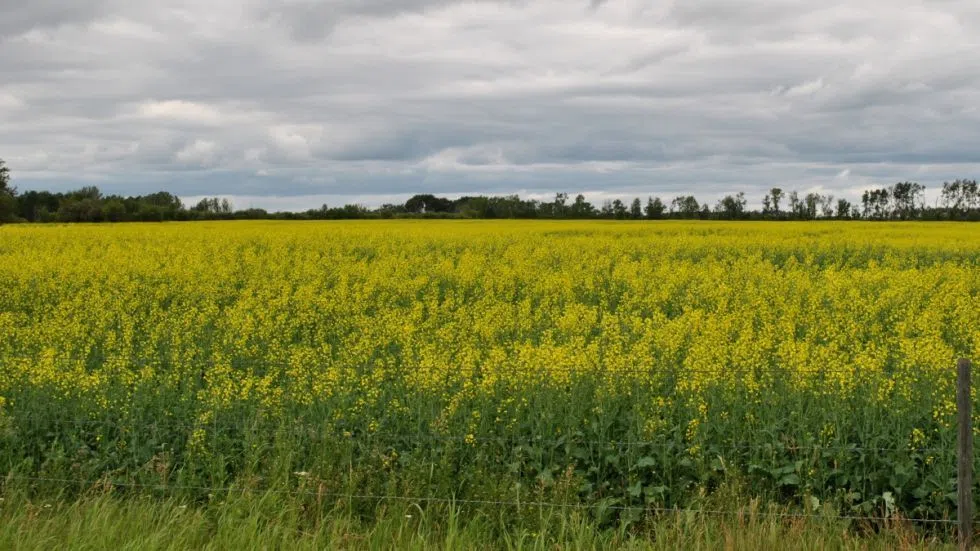
Clubroot spreading across Saskatchewan, says new report
Visible symptoms of clubroot have been confirmed in 37 Saskatchewan canola fields across the northern agricultural regions, according to a new report from the Ministry of Agriculture.
The area where clubroot was confirmed has expanded outside of crop districts 9AE, 9AW and 9B (2017 findings) to include districts 7B, 6B, and 5B.
Ministry of Agriculture Plant Disease Specialist Barb Ziesman told farmnewsNOW the risk of clubroot is increasing.
“The good news is we have an idea where it is and we can be proactive and the biggest thing is every producer in Saskatchewan should be thinking about clubroot,” she said.


